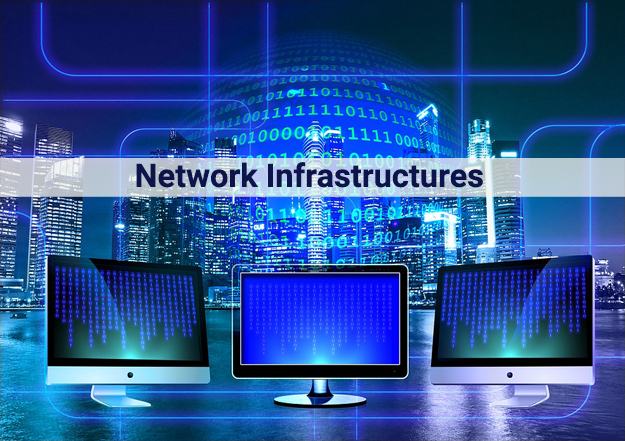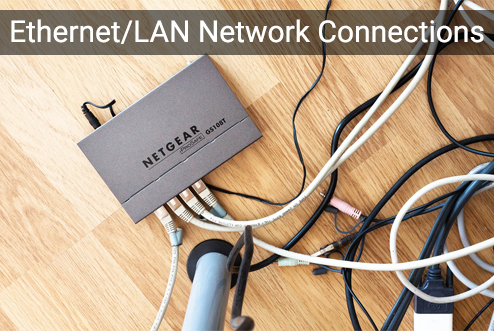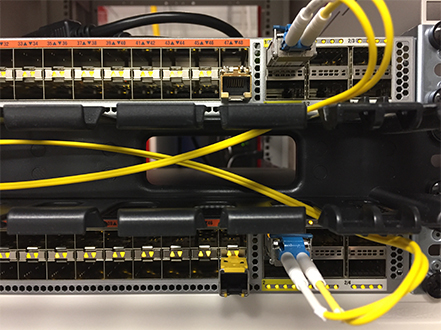
Network infrastructures are the mainstay of businesses today. They are used to connect workstations together in a way that allows data to be shared with one another, it allows workstations the ability to access the internet, print documents, download attachments from emails, and so much more. Instead of managing a number of devices spread across different locations, networks can manage the same duties from just a handful of gadgets.
This is a guide on different network infrastructures that are used in business today and how they are used.
(PAN) Personal Area Network
A minimalist approach to building a network is known as a personal area network. They are usually comprised of a wireless modem, a workstation or two, telephones, printers, scanners, tablets, and such. The devices are all centered around one workstation.
(LAN) Local Area Network
The most common type of network that is installed is known as a local area network. It is commonly used in businesses and is one of the most modest types of networks. A LAN joins workstations and other low-voltage devices within a location or group of locations in a close vicinity of one another, allowing them to share information and resources. Often a company will employ an individual (s) or outsource an individual(s) to manage their network services. A router connects the LAN to wide area networks, WAN, that quickly and securely transmit data.
(WLAN) Wireless Local Area Network
Much like a LAN, WLANs use wireless network technology like WiFi. This type of network does not require devices to rely on tangible cables to join together the network. A LAN unlike a WLAN requires the use of physical cables.
(CAN) Campus Area Network
A campus area network is larger than a LAN however smaller than a MAN. A CAN is typical for use at schools, universities and medium sized businesses. Resources can be shared throughout several buildings that are close to one another.
(MAN) Metropolitan Area Network
A MAN incorporates features from both LANs and WANs. A metropolitan area network is effective throughout a geographic location such as a town, city, or sometimes even large university campuses. There is usually one owner, either an individual or company, that maintains the network.
(WAN) Wide Area Network
Wide area networks are more complex than a LAN. WANs are used to connect workstations throughout a larger physical area. Workstations and low voltage devices are connected remotely to one another using a larger network to communicate. This type of network can work across several miles.
The most familiar WAN is the Internet. The internet connects computers throughout the globe. A WAN’s has the ability to reach a great distance. They are most often owned, operated, and maintained by more than one administrator.
Other types of networks include:
- (SAN) Storage-Area Network
- (SAN) System-Area Network
- (POLAN) Passive Optical Local Area Network
- (EPN) Enterprise Private Network
- (VPN) Virtual Private Network
Creative Programs and Systems, CPS, is an all-inclusive IT solutions company offering a variety of services including: managed IT services, IT consulting, residential computer services, custom programming, website design, iphone & android app development, and more. More information can be found at https://cpsmi.com.

